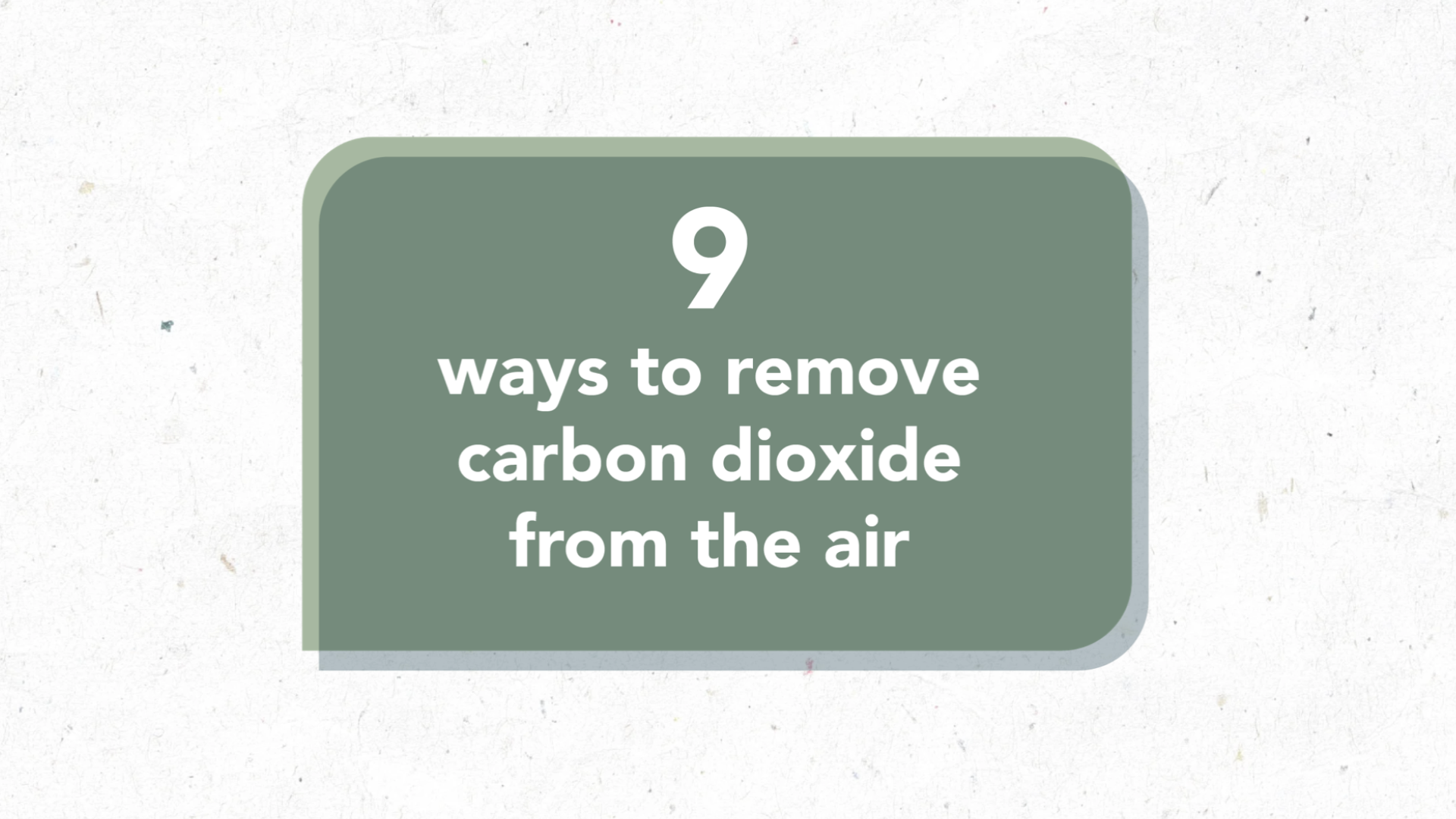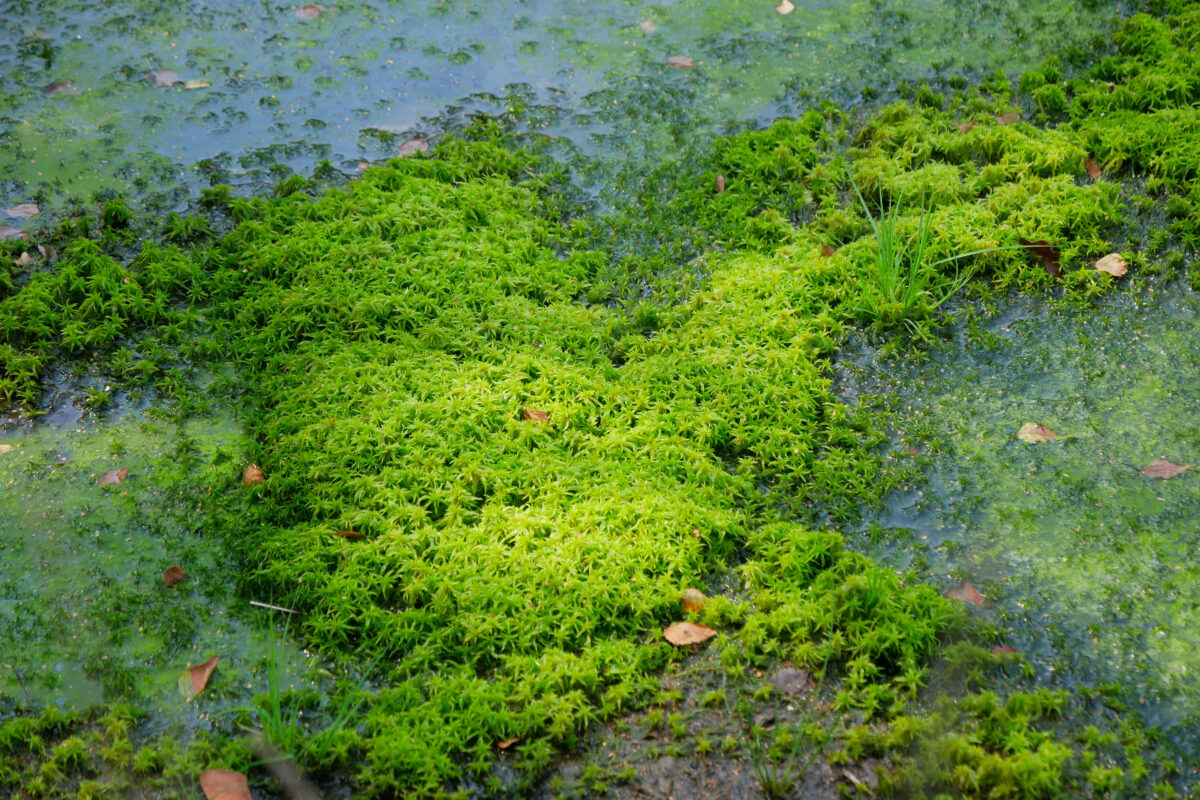By Professor Craig Storey, University of Portsmouth. Craig is principal investigator of a CO2RE-funded project investigating enzyme-enhanced carbon removal solutions in basaltic rock. Find out more about the Pathfinders programme.
Sometimes coffee really does fire the synapses in unusual ways. I remember sitting in our university café and contemplating two highly newsworthy scientific advances a few years ago and planning to try and forge them for the benefit of enhanced carbon storage in rocks.
The first piece of the puzzle was the fantastic news coming from Iceland and the CarbFix project. There, they were trialling the pumping of CO2 into still-warm and very young volcanic rocks. They had found that carbonate minerals could crystallise as a result of this process within 2 years (Matter et al, 2016). This was very surprising to me, as a non-specialist, and made me realise that the type of rocks being used had huge potential for storing CO2 in the Earth’s crust, locking it away for very long periods of time. However, I also thought that Iceland was far away from industrial hubs in continental Europe, North America and Asia. Here the requirements to capture CO2 from the burning of fossil fuels and need to lock it away in a safe repository, such as the Earth’s crust, are the most pressing and would have the greatest impact.
“I wondered if enzymes could be the catalyst that could speed up the reactions between pumped CO2 and basalts in cold areas of the Earth’s crust.”
The types of volcanic rocks most frequently used, containing a rock type called basalt, are actually very common in many parts of the world, including in northwest Scotland and Northern Ireland. However, these rocks are ancient and have long cooled down completely, meaning that the CarbFix approach of pumping CO2 into hot rocks to speed up the process of forming carbonate minerals would be inefficient.
The second piece of the puzzle was discovered much closer to home. At the University of Portsmouth, the recent discoveries that enzymes could speed up the process of degrading plastics (Austin et al, 2018) had gained much attention and the Centre for Enzyme Innovation (CEI) had been established. I wondered if enzymes could be the catalyst that could speed up the reactions between pumped CO2 and basalts in cold areas of the Earth’s crust.
Investigating the process
An introduction to CEI researchers Dr Raj Gill, Rory Miles and Prof Andrew Pickford, resulted in interest and excitement. We embarked on the journey to design the experiments that would allow us to investigate this process.
What we needed to do was:
- find an enzyme that was readily available and would be stable at conditions appropriate for injection deep into the Earth’s crust (increased pressure and temperature);
- find some basalts that we could use to experiment on;
- design some apparatus that would be able to recreate the different pressures and temperatures found within the Earth’s crust (different drilling and injection depths) and that could be pressurised with CO2 to mimic the injection depth.
The enzyme part was resolved by some research, and we found that Carbonic Hydrase (CA) would be highly suited to the task of starting this research.
My journey bought me to discussions with a colleague from our Rock Mechanics Lab, Dr Phil Benson, who works on recreating earthquakes and seismic events in high pressure apparatus and who has worked extensively on basalts. Not only did he have a range of basalts we could work on but his experience with designing and constructing high pressure apparatus meant that we could design a simple system using off-the-shelf components. As a result, we didn’t need timely and expensive special workshop requirements.
Next steps
The initial experiments are going ahead and involve crushing basalt to <150micron grainsize and reacting with CA and carbonated water to examinine the behaviour and any potential carbonate products. The next stage is doing this in the high pressure and controlled temperature and CO2 apparatus to examine the effects of changing these parameters and the length of time on the efficiency of carbonate mineralisation.
We are optimistic that over the summer we will learn much about this potentially exciting new method of enhanced enzyme-enabled basalt carbon sequestration. We are looking forward to the next stages where we can expand our experiments further to study a range of different basalts and conditions and engineer enzymes that could be even more effective, in terms of reactivity and cost. We would then look to scale this up to a real setting to see if this is a viable mechanism to help in the quest to bury carbon captured from industry and keep it locked away.
References
Austin, H.P. et al (2018). Characterization and engineering of a plastic-degrading aromatic polyesterase. Proceedings of the National Academy of Sciences, 115(19): E4350-E4357.
Matter. J. et al (2016). Rapid carbon mineralization for permanent and safe disposal of anthropogenic carbon dioxide emissions. Science, 352: 1312-1314.





